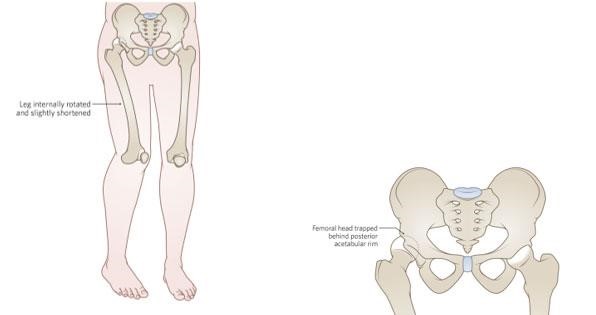Which of the following is the most common substance found on analysis of a renal stone?
Calcium Oxalate
Potassium phosphate
Magnesium-ammonium phosphate
Uric Acid
The Correct Answer is A
A. Calcium Oxalate
The most common substance found in the analysis of renal stones is calcium oxalate. Calcium oxalate stones are the most prevalent type of kidney stones, accounting for the majority of cases. These stones can form when there is an excess of calcium or oxalate in the urine, and they can vary in size and shape. Other types of kidney stones include uric acid stones, struvite stones (magnesium-ammonium phosphate), and cystine stones, but calcium oxalate stones are the most common.
Nursing Test Bank
Naxlex Comprehensive Predictor Exams
Related Questions
Correct Answer is A
Explanation
A. Right hip dislocation: In a hip dislocation, the head of the femur is forced out of the acetabulum, which is the socket in the pelvis. This can cause a noticeably shorter leg, hip deformity, and acute pain. Imaging might not show a fracture in the case of a dislocation.
B. Right hip contusion: A hip contusion is a bruise on the hip, usually caused by a direct blow or trauma. While it can cause pain and swelling, it typically does not result in a noticeably shorter leg or hip deformity.
C. Right hip strain: Hip strain refers to damage to the muscles or tendons around the hip joint due to overuse or sudden twisting movements. While it can cause pain, it does not typically lead to a noticeable leg shortening or hip deformity.
D. Right hip osteoarthritis: Osteoarthritis is a degenerative joint disease that can affect the hip joint. It leads to joint pain and stiffness but does not usually cause a noticeable leg shortening or acute deformity unless there are severe complications, which are not mentioned in the scenario.

Correct Answer is ["84.1"]
Explanation
Weightinkg=185÷2.2≈84.1
Calculate the dose of enoxaparin:
The prescribed dose is 1 mg/kg.
Doseinmg=Weightinkg×Doseperkg
Doseinmg=84.1×1≈84.1
The nurse should administer 84.1 mg of enoxaparin.
Whether you are a student looking to ace your exams or a practicing nurse seeking to enhance your expertise , our nursing education contents will empower you with the confidence and competence to make a difference in the lives of patients and become a respected leader in the healthcare field.
Visit Naxlex, invest in your future and unlock endless possibilities with our unparalleled nursing education contents today
Report Wrong Answer on the Current Question
Do you disagree with the answer? If yes, what is your expected answer? Explain.
Kindly be descriptive with the issue you are facing.
